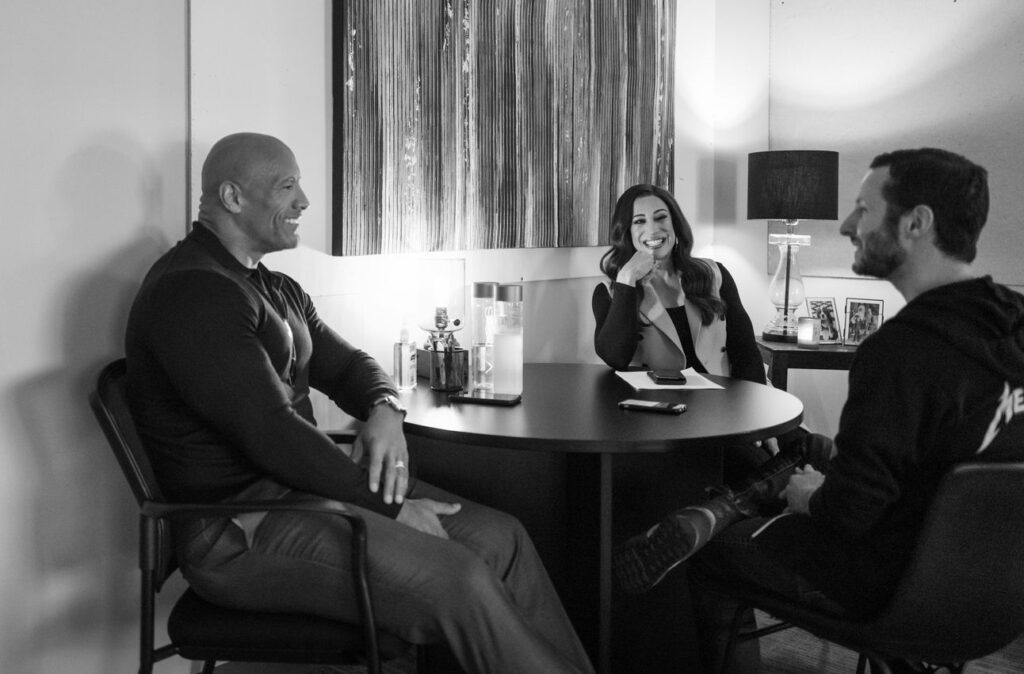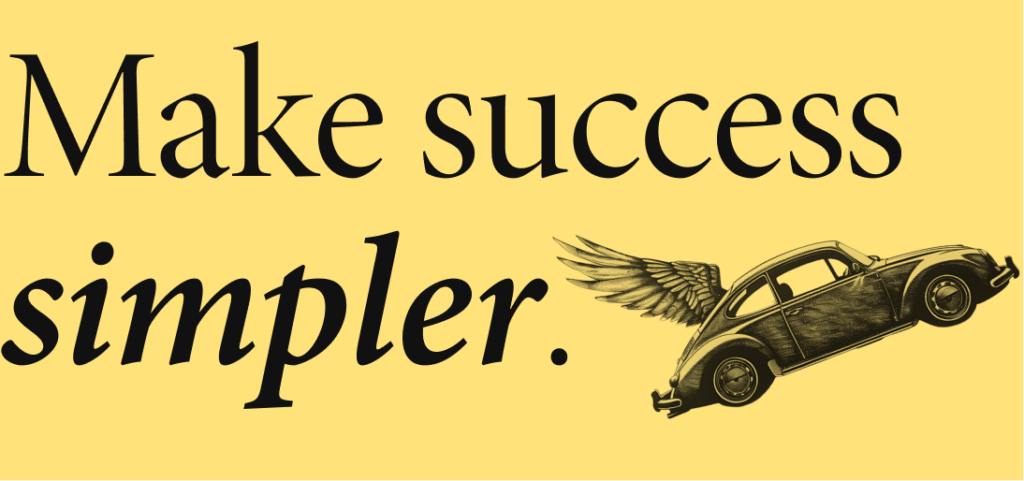Welcome to One Thing Better. Each week, the editor in chief of Entrepreneur magazine (that’s me) shares one way to be more successful and satisfied — and build a career or company you love.
Know someone who could benefit from this newsletter? Please forward it to them!
Today’s one thing: Getting someone to go deep.
That one thing, better: Going deep yourself.
You’re stuck at small talk.
Maybe you’re having a conversation. Or interviewing someone. Or running a meeting.
You wish people would open up — to get personal or go deep! But everything they say feels surface-level. Bland. Safe.
Today, I’ll show you what’s going wrong — and how you can do better. This is where real relationships begin, and where the most powerful insights are shared.
I’ve seen it myself. I’ve interviewed thousands of people in my career, including some of the most famous people in the world — and I use the same technique every time. It’s also how I navigated dating, what I do as a manager, and how I drive conversation today with anyone I want to know better.
Here’s a hint: It is not just about the questions you ask. It’s about what you do after asking the question.
To show you what I mean, let’s start with a story about The Rock. But really, it’s the story behind a story I already told you…
How to Get The Rock Talking
A few weeks ago, I shared a story that Dwayne “The Rock” Johnson told me. You can read the whole thing in my Jan 30 newsletter, but here’s a quick recap:
Earlier in his career, Dwayne was having dinner with his business partner, Dany Garcia. Two fans came over and asked for his autograph. He was a jerk to them. Then he and Dany reflected on that moment, imagined the situation from the fans’ point of view, and gained a new perspective. “We have the opportunity to make people feel good,” Dwayne told me. “And that’s a powerful thing to have.”
Now, consider this: As far as I know, Dwayne and Dany hadn’t told that story publicly before. It’s a little raw and vulnerable — two things that people don’t often volunteer.
So why’d they tell it to me? Here’s why.

Dwayne, Dany and I were sitting around a table. We were talking about work, and how to find purpose in it. They shared some interesting thoughts, but I wanted something more specific. I wanted to see their ideas in action. So I thought to myself: I need them to tell a story about something going wrong, and how they fixed it.
But of course, I can’t just say that. So instead, I said: “Do you remember a learning moment? Because I can think back in my own career…”
And then I told them an embarrassing story from my own life.
Here’s the quick version: Many years ago, I spoke at an event in Iowa. A guy came up to me afterward. He was holding a copy of my book, which he’d just bought. “I’ll read your book if you read mine,” he said with a smile. Then he handed me a copy of his book — a self-published crime novel.
“If I have the time,” I said in response, as I took his book.
As soon as I said it, I regretted it. What a mean, self-absorbed thing to say! Yeah, fine, I’m busy and don’t like crime novels, but who cares. WHO CARES. He was generous and I was selfish. By the time that sank in, he was gone.
I vowed to make it up to that guy — by being as gracious as I could with everyone else. My default mode must be graciousness. Because without other people’s support of my work, what do I really have? Nothing.
So that’s the story I told Dwayne and Dany. Then I said: “I wonder if you’ve had moments like that, that you’ve learned from.”
Immediately, Dany said: “I have a moment in mind.”
And then they told me their story.
This is the key to opening people.
In my decades of interviewing people, it is single greatest tool I’ve ever found: Ask a personal question, then volunteer your own answer.
It works in every other part of life, too — both personally and professionally. If you want someone to share a great story, tell them a great story. If you want them to be introspective, become introspective first. Lead with what you share, not just with what you ask. You go first. They will follow.
I think this works for three reasons.
1. You set the terms of engagement.
When someone talks with you, they have all sorts of questions. Among them: What do you want? And what are your boundaries?
You cannot just say, “Tell me anything. I have no boundaries.” That’s weird and alarming! But when you ask a question and then share your answer, you’re modeling what a good answer looks like. To be clear, nobody wants gratuitous TMI. But when your intentions are clear and your goals are shared, people are happy to follow your lead.
2. You show that you understand.
Consider this: I told Dwayne and Dany about being a jerk, and how it taught me about graciousness. In turn, they told me their version of the same exact story.
This is not by accident. When I told them my story, I was showing them how I think. It’s as if I said, “I understand stories about being mean and becoming better, and I see this as a positive thing.”
This understanding cannot be assumed. And nobody wants to be misunderstood. When I told my story, I created a safe passage for theirs.
3. You’re giving them time to think.
Imagine a stranger walks up to you and says, “Tell me something crazy that happened to you.” What springs to mind? My guess: Nothing.
Why? Because our brains don’t work like a file retrieval system. Instead, our brains work by association. You remember one thing because it’s related to another. That’s why storytelling is so powerful: When you volunteer something that happened to you, you help people remember (and then share!) what happened to them.
Also, it’s just the kind thing to do.
The way I see it, there are two kinds of interactions with people: You are either exchanging or you are building.
When you call a customer service line, you are exchanging. You give them information, they give you information. Nothing unique or new was created. Two robots could have had the same conversation.
But when you’re on a date, or meeting a friend, or running a meeting, or helping a colleague, or interviewing The Rock for a national magazine, you are building. Which is to say, something new will come from this — whether it’s an idea, a plan, a relationship, or an article — and it will be uniquely built by the people involved.
You don’t build by telling someone what to do. You build by showing them. You build by laying down a foundation yourself, so that someone else can add a layer on top. That’s why you go first. That’s how you both keep going.
That’s how to do one thing better.
